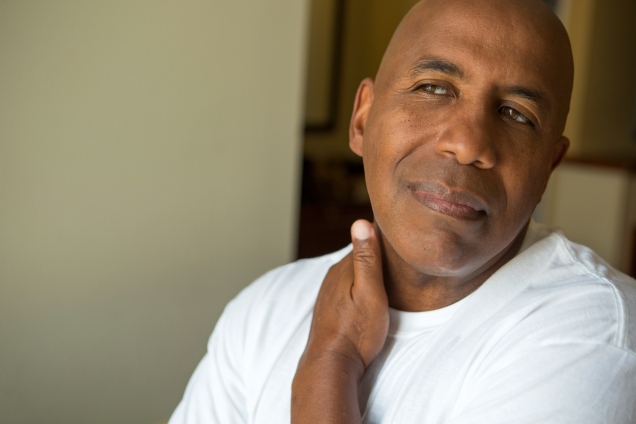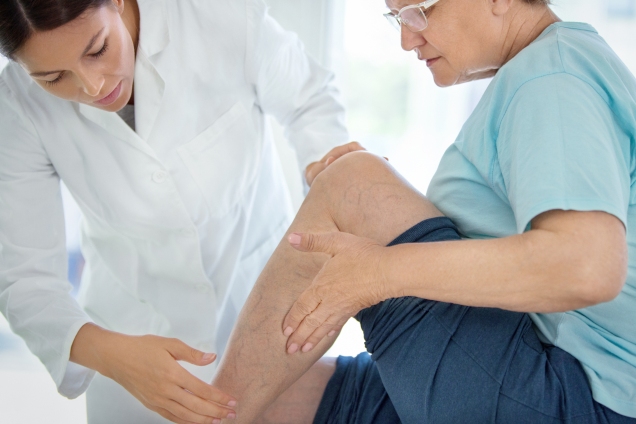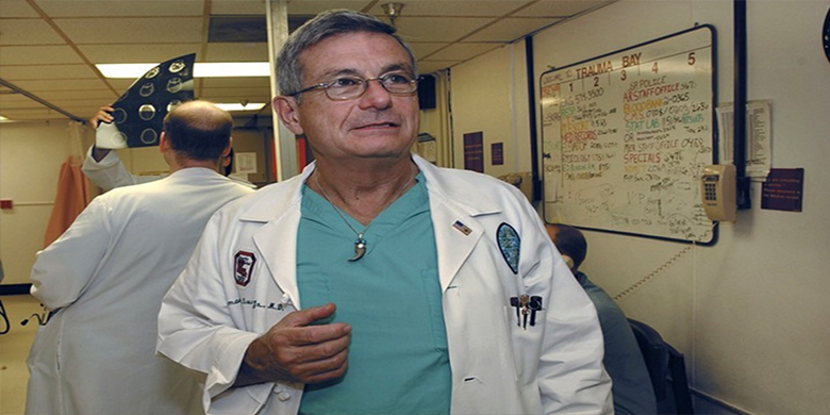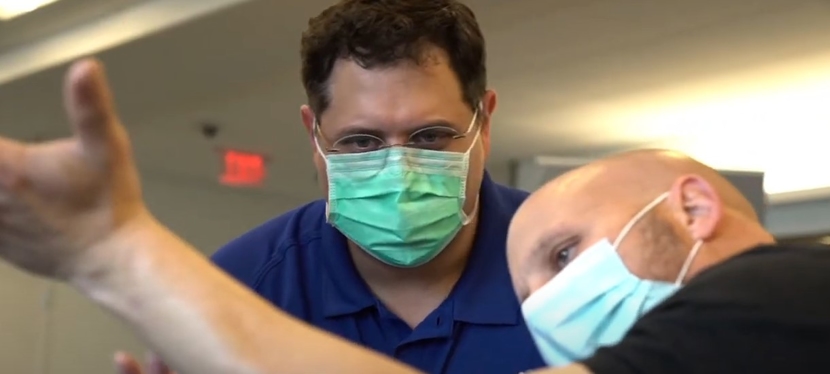Pain Care: Prevention Before Treatment
- Category: Living Well, Pain Management
- Posted On:
- Written By: Harry J. Gould, III, MD, PhD
When a patient says, “Doctor, it hurts when I do this,” the immediate thought in response to the implied request is “Don’t do that.” Unfortunately, in today’s society, this seems to be the best and most effective advice that a physician can provide for their patients in pain.

The United States is in the midst of what the Centers for Disease Control describes as “The worst public health crisis in American history.”
There are reports, almost daily, to enlighten us about the fact that the over-prescribing of prescription painkillers has led to countless overdose deaths and serious consequences associated with misuse, abuse, addiction, and diversion that plague society in epidemic proportions.

As a result, there has been a strong push by the community and regulatory agencies to limit the prescribing and dispensing of opioid analgesics across the board, while paying little attention to the underlying cause.
Pain is often under-treated or over-treated, but mostly it is poorly treated.
The system’s response has precipitated a reluctance on the part of many physicians to provide pain care for many in need, further exacerbating the primary cause of the problem.
A frequent response is to change clinical focus and redirect efforts to offer one-dimensional assessment and management that relies on interventional modalities. Unfortunately, not all patients are identical and interventions, if ordered inappropriately or too often, can be costly and have problems of their own.
The observations and policies have mandated change and have heightened the efforts of healthcare providers to find ways to “do no harm” in their efforts to help those in need.
How then can we improve pain care and overall quality of life? Perhaps it is time to return to basics.
As a starting point, we should consider some important truths about pain.

The Truth About Pain
- Pain is subjective and is different for everyone based on culture, situation, experience, genetics, age, and gender.
- Pain is a modality that is essential for survival. It warns us of present and potential tissue injury so that we can respond and minimize damage.
- The most important reason that chronic pain is so debilitating is less the uncomfortable sensation that is experienced and more the fact that pain robs us of our ability to control of own lives. Unfortunately, many chronic pain conditions are present for a lifetime. Thus, the realistic goal should be to minimize the effect of the underlying condition causing the pain and reclaim control of our lives rather than eliminate pain.
Too often, patients surrender responsibility for controlling their pain to friends, physicians, physicians, drugs, or procedures.

Taking Responsibility for Your Pain
As a patient, it is essential for you to take responsibility for your pain and to participate in your own care. This process can begin by considering and implementing some obvious positive behavior changes that can maximize pain control and minimize both physical and fiscal costs.
Things You Can Do to Control Pain
- Eat a regular healthy diet, avoiding excess, with a goal to optimize body mass index (BMI).
- Exercise daily — regular activity from baseline to 30-60 min/day tailored to the patient’s ability to tolerate activity without a backward slide. “No pain, no gain” is not always the best approach.
- Be sure to get enough restorative sleep.
- Balance life experiences and schedule time for yourself that allows for participation in hobbies and enjoyable leisure activities.
- Be aware of habitual activities and positions that add undo ergonomic stress, e.g., poor posture, wearing high heels, wearing shoes that lack adequate support, sleeping on an old or non-supportive mattress or pillow, using inadequately supportive chairs, and car seats. Tailor work and living environments to minimize but not necessarily eliminate stressors and eliminate high-risk conditions.
- Learn and take advantage of alternative forms of coping and pain control, e.g., meditation, guided imagery, self-hypnosis, and relaxation.

With proper perspective and attention to basics, one is likely to realize improved general conditioning that enhances:
- Healing and the immune system’s ability to fight off infection and disease
- Improved cardiovascular, pulmonary, and gastrointestinal health
- Reduced stress
- Improved mental health
- Increased sense of self and well-being and overall improved quality of life
- Reduction in pain at any level

When setbacks occur, first consider the use of topical heat, cooling or massage and prudent physical activity to improve strength, range of motion, and endurance and seek counsel for a comprehensive pain assessment early when the basics have not provided adequate results.


